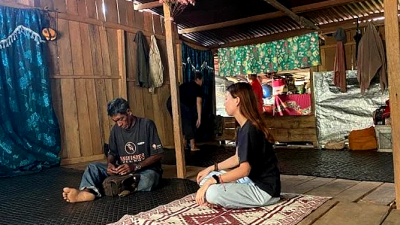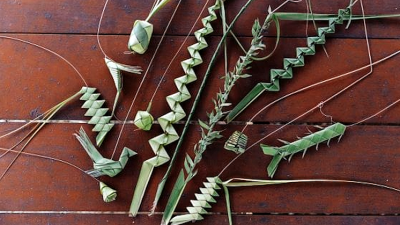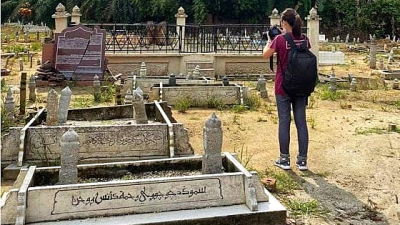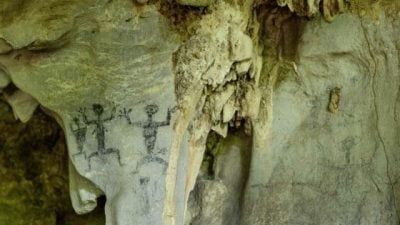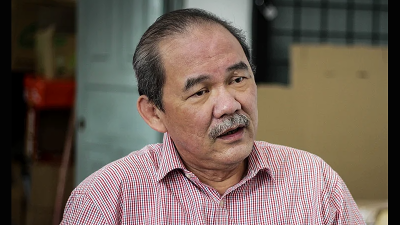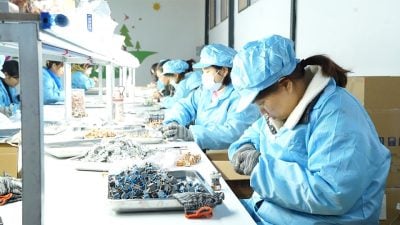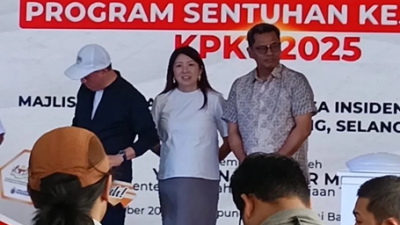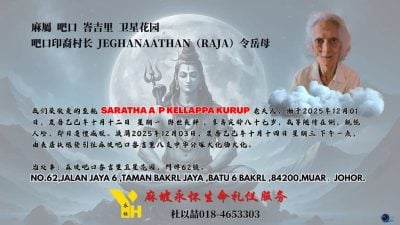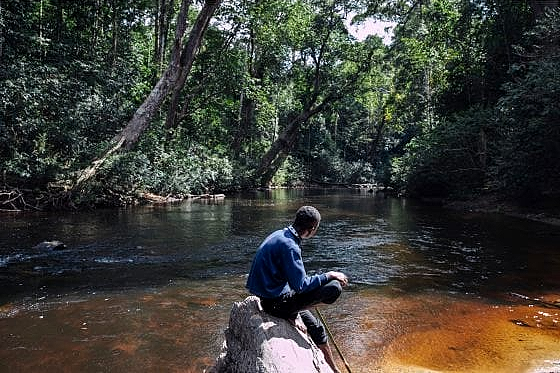
I used to work at a TV station and I really enjoyed chatting with my Malay colleagues.
As a graduate of a Chinese primary school and an independent Chinese high school, I had few opportunities to interact with people from other ethnic groups.
My impressions of the Malays mostly came from the biases of my elders or stereotypes in the media.
However, when I actually spoke with the Malays, I realized that many of them are far more open-minded than I had imagined. Some “sensitive topics” weren’t necessarily taboo in everyday conversations.
For example, a colleague, A once candidly told me that his grandparents came from Java, Indonesia and that he was a third-generation Malay. He even joked that he, like me, was an “immigrant” (pendatang).
He explained that the term “Malay” is a nation-building identity that encompasses people of diverse ethnic origins, rather than a single homogeneous group.
As a result, he often questioned his status as a “Bumiputera”(son of the land).
Colleague B confessed to me that while many Chinese perceive Islam as full of restrictive rules that limit personal freedom, to Muslims, it is precisely because the world is so chaotic that Allah’s teachings provide a clear path, helping them make the right choices.
However, when I asked my Malay colleagues about their understanding of the Orang Asli, I found that they knew almost nothing about these people who supposedly share the same status.
Some believed that the various Orang Asli groups simply represented different “Malay lineages,” similar to how the Chinese community differentiates between Hokkien, Hakka, Cantonese, and Teochew dialect groups.
Others assumed that all groups of Orang Asli on Peninsular Malaya were, like the Malays, Muslims
But how do the Orang Asli themselves understand their “Bumiputera” identity?
Interestingly, many Orang Asli living deep in the forests have little idea what practical benefits this identity brings. Some have even asked me in return: “What is Bumiputera?”

Are the Orang Asli legally recognized as the Bumiputera?
Although the “Bumiputera vs. non-Bumiputera” is a major theme in Malaysian politics, the Federal Constitution still does not clearly define who is legally considered “Bumiputera.”
The only reference is Article 153, which states that “the Yang di-Pertuan Agong has the responsibility to safeguard the special position of the Malays and the natives of Sabah and Sarawak, as well as the legitimate interests of other communities.”
Clearly, the Orang Asli in the peninsula are excluded here.
Malay scholar Rusaslina Idrus, who has focused on the Orang Asli’s rights for a long time, points out that terms like Malay, Orang Asli, Orang Asal, and Bumiputera can be translated as indigenous in the context of Malay language. They are also known as indigenous slots.
Each term originates from different positionings and different layers in history.
These identities are dynamic, constantly reworked and interconnected with others, including “non-indigenous” ones.
What does this mean? First, you must recognize that concepts like “Yuanzhumin” (indigenous people in Taiwan), “Senjuumin (Japan’s indigenous peoples)”, “Shaoshu Minzu “(China’s ethnic minorities) in China, and Masyarakat Adat in Indonesia were all externally constructed labels, rather than self-given identities.
Similarly, the Orang Asli on Peninsular Malaya originally had no strong feeling toward this collective name. Identity only emerged after the rise of modern countries and borders.
Why are the Orang Asli particular about the identity now? Because it reflects their history and status.
During the World War II and the Emergency Period, the British, in order to prevent the indigenous people from having contact with the communists in the forests, created the term “Orang Asli” in the 1950s to replace the more derogatory terms like aborigine and Sakai, indirectly recognizing them as the original inhabitants in Peninsular Malaya.
However, according to Malay grammar, “Orang Asal” would have been more accurate.
Interestingly, the Malayan Communist Party (MCP) were among the first to use “Orang Asal,” even organizing a special ASAL military unit made up of indigenous fighters.
In the 1970s, the government once proposed changing “Orang Asli” to “Putra Asli,” “Bumiputera Asli,” or “Saudara Lama” (Old Brothers), but the Orang Asli community fiercely resisted.
This led to the establishment of the Peninsular Malaysia Orang Asli Association (POASM), which further solidified their collective identity.
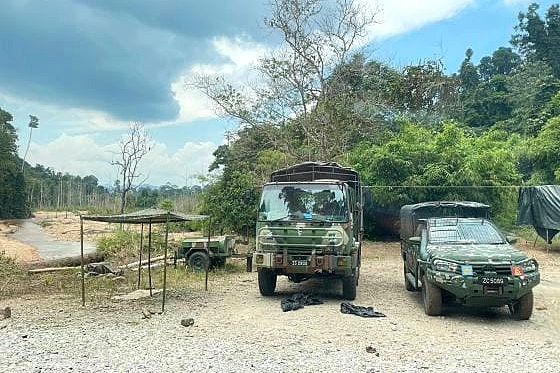
Does the Bumiputera/Non-Bumiputera divide really matter?
You may not realize that the Orang Asli also have a historical experience akin to the “New Villages” found in the Chinese community because of the Emergency and the fight against the MCP.
Back then, the British, aiming to cut off the communists’ rural support, launched the Briggs Plan, relocating 500,000 Chinese villagers into fenced New Villages.
Similarly, many inland Orang Asli were confined in heavily guarded secured camps.
However, the living conditions in these camps were so poor that many Orang Asli died of disease or depression, while others escaped into the mountains.
To win the hearts of the Orang Asli, the British later switched strategies, building “jungle forts” in their communities, providing medical facilities, grocery shops, and basic education.
As the British gradually secured the support of the Orang Asli, they also recruited an elite indigenous unit—the Senoi Praaq (Warriors)—to combat the MCP, passed the Aboriginal Peoples Act 1954, and established the Department of Aboriginal Affairs (now known as the Department of Orang Asli Development or JAKOA), supposedly to “protect” them from communist influence.
Today, those “jungle forts” have been renamed “pos” to erase their military connotations while traces of colonial rule still found in the rainforests on Peninsular Malaya.
The Senoi Praaq has since been incorporated into the General Operations Force (GOF) of the Royal Malaysia Police, continuing to guard Malaysia’s borders and combat cross-border crime.
Interestingly, some Orang Asli villages that escaped British control became sanctuaries for various groups.
Many Orang Asli recalled how they sheltered communist fighters during the Emergency, helping them evade British raids, and even assisted Malay villagers in disguising themselves as Orang Asli to escape communist attacks.
After watching Lau Kek Huat’s documentary From Island to Island, I realized that in war, perpetrators and victims are never divided into black-and-white camps—their fates are intertwined.
History and day-to-day violence are messy and complicated.
While we debate issues like “Bumiputera vs non-Bumiputeras,” perhaps in the eyes of the Orang Asli, all those with different skin colours were merely fellow human beings like them, struggling to survive in chaotic times.
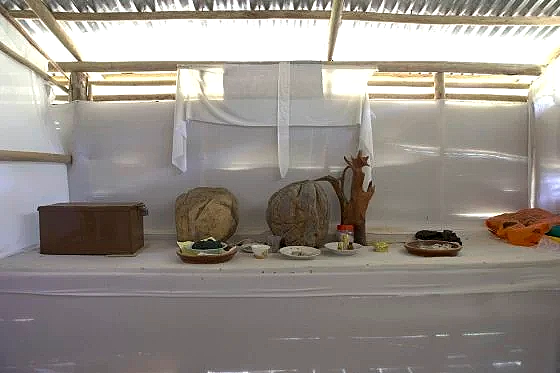
More on the Echoes of the Forest
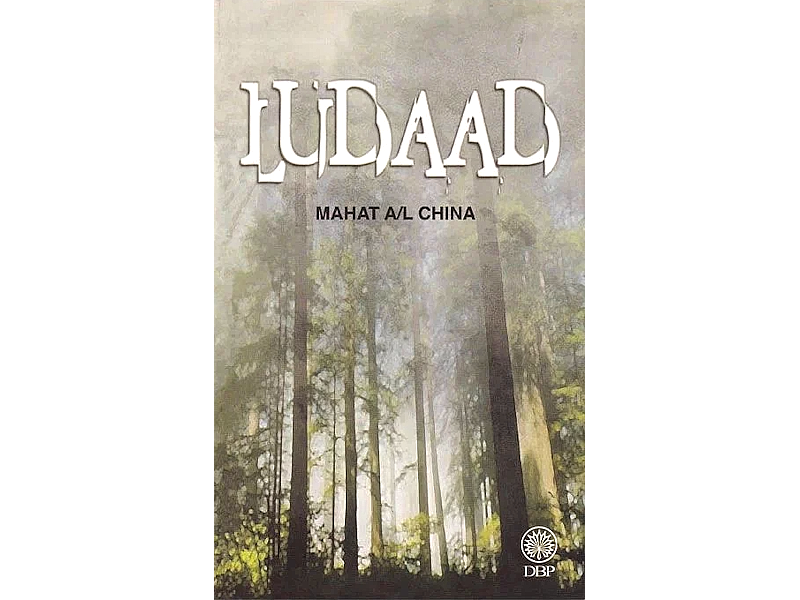
(Yi Ke Kuik is a Master’s student in Anthropology at National Taiwan University focusing on issues related to indigenous people in Peninsular Malaysia. Founder of myprojek04 photography initiative and writes for a column called Echoes from the Forest (山林珂普) in Sin Chew Daily, highlighting the photos and stories of indigenous people.)
ADVERTISEMENT
ADVERTISEMENT







